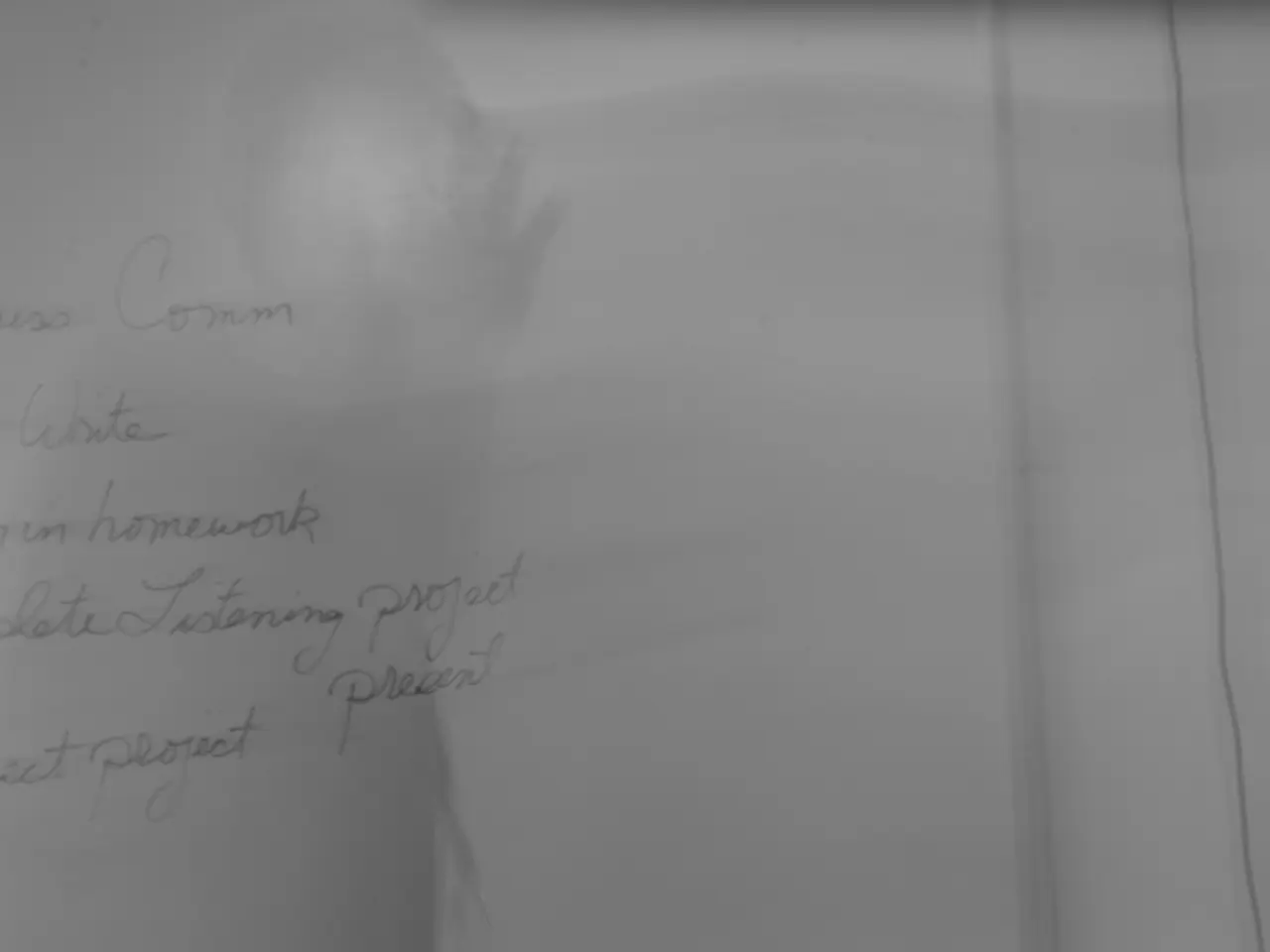Extended Tariff Ceasefire Between US and China
In a recent development, China has seen a notable surge in its rare earth magnet exports, marking a return to pre-restriction levels. According to reports, China's rare earth magnet exports surged nearly 75% month-on-month in July 2025, reaching a six-month high of 5,577 metric tons. However, this rebound comes amidst ongoing export restrictions introduced by China’s Ministry of Commerce (MOFCOM) in April 2025.
Despite the easing of exports following trade deals reached between China, the US, and Europe in June 2025, the licensing regime remains in place indefinitely for neodymium magnets and other rare earth elements. This continued control causes delays and inflates prices, with some cases seeing prices rise over 500%, threatening sectors like electric vehicles (EVs) and renewable energy that heavily rely on these materials.
China's dominance in the processing of heavy rare earth element (HREE) remains significant, with the country controlling 99% of global HREE processing as of 2023. This dominance, combined with China's technological and expertise advantages, limits other countries' ability to scale up rare earth processing quickly. While efforts to diversify supply chains outside China exist, these alternatives remain long-term and not yet operational.
Rare earths remain a critical leverage point for China in trade relations, able to influence manufacturing, defense, and clean energy sectors in the US and Europe. Despite the trade truce facilitating resumed exports, China can re-tighten controls if political tensions escalate again. The continued licensing regime means China can exert pressure when necessary.
The US and its allies are investing to develop rare earth mining and processing capacities to reduce dependency on China. However, given China’s near-monopoly on processing and experience, full decoupling will take years, preserving China’s strategic leverage in the medium term.
The June 2025 agreements highlight China’s willingness to moderate export controls to avoid crippling global supply chains during intense trade talks, suggesting that rare earth export policy will remain a tactical tool in trade negotiations rather than an outright weaponized embargo.
In other trade-related news, the US and China have temporarily lowered tariffs on each other's products, and ongoing negotiations are underway to address trade reciprocity issues. US President Donald Trump has ordered a delay in the reimposition of higher tariffs on Chinese goods until November 10, and China has agreed to "take or maintain necessary measures to suspend or remove non-tariff countermeasures against the United States."
The delay in steeper tariffs was announced by Trump on Truth Social, and Wendy Cutler, a former US trade official, warns that this negotiation will be challenging. The US-China Business Council president, Sean Stein, considers the tariff delay extension critical for negotiation time. Despite the truce in May, de-escalation has been shaky, and the potential for a Trump-Xi Jinping summit this fall is being discussed.
As the situation evolves, it is clear that both countries are keen on resolving trade issues and finding a balance that benefits both economies. The strategic use of rare earth exports by China, combined with ongoing tariff negotiations, underscores the complex nature of US-China trade relations and the importance of diplomatic dialogue in addressing these challenges.
- The surge in China's rare earth magnet exports, a key component in various industries such as finance, business, politics, and general-news, has been marked by a 75% increase in July 2025, reaching a six-month high despite ongoing export restrictions.
- The strategic use of rare earth elements, vital for sectors like electric vehicles and renewable energy, by China in its trade relations with the US and Europe, has highlighted the complex nature of these relationships, necessitating ongoing diplomatic dialogue to resolve trade issues and maintain economic balance.




